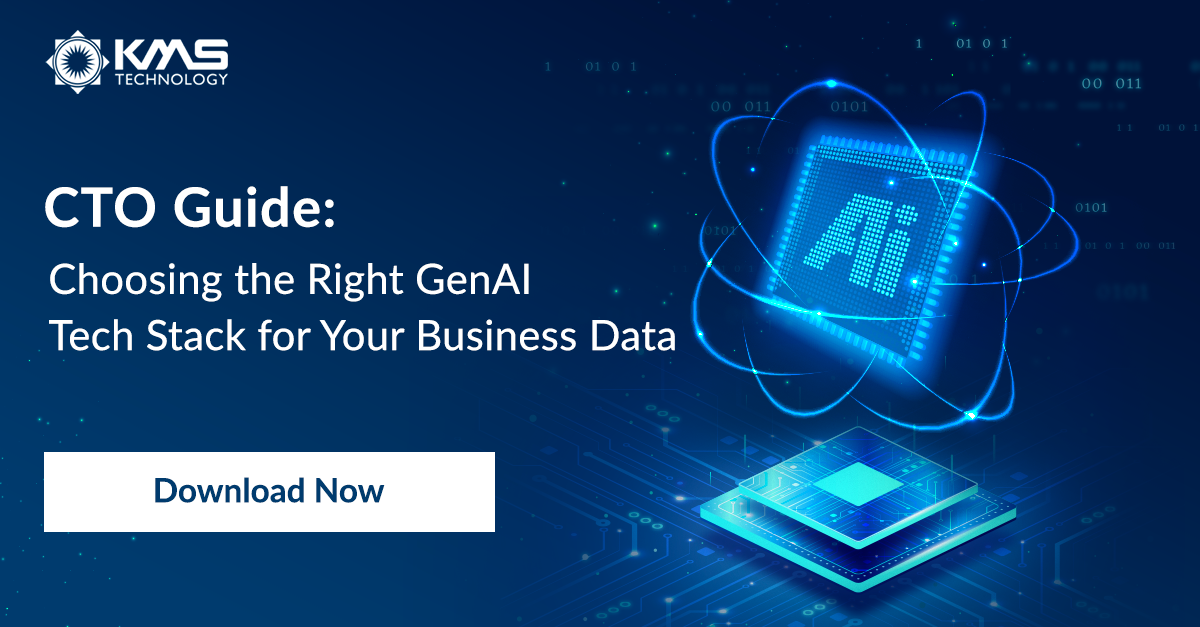Generative AI Resource Roundup #4
New generative AI tools are appearing, and new capabilities are emerging. Big tech players are scrambling to get a piece of the genAI pie. Meanwhile, employees and tech leaders are identifying the limits and opportunities of what’s available in market today.
Check out the top generative AI new in five minutes or less.

Apple Tests ‘Apple GPT,’ Develops Generative AI Tools to Catch OpenAI | Bloomberg
In recent months, the AI push has become a major effort for Apple, with several teams collaborating on the project. Apple employees say the company’s tool essentially replicates Bard, ChatGPT and Bing AI, and doesn’t include any novel features or technology. While the company doesn’t yet have a concrete plan, people familiar with the work believe Apple is aiming to make a significant AI-related announcement next year.
Google’s Bard AI Chatbot Adds More Languages to Take On ChatGPT | The Wall Street Journal
Google is betting a new version of its artificial-intelligence chatbot will say hallo, olá and bonjour to broader adoption, part of its effort to keep up in the high-stakes race to commercialize generative AI, the technology behind ChatGPT. The Bard update will also include new capacities, such as being able to speak out loud to users, and being able to respond to images in queries.
The great acceleration: CIO perspectives on generative AI | MIT Technology Review
This report explores the latest thinking of chief information officers at some of the world’s largest and best-known companies, as well as experts from the public, private, and academic sectors.
Key findings include:
- Generative AI’s new ability to surface and utilize once-hidden data will power extraordinary new advances across the organization.
- Chief information officers and technical leads are embracing next-generation data infrastructures. More advanced approaches, such as data lakes, can democratize access to data and analytics, enhance security, and combine low-cost storage with high-performance querying.
- Some organizations seek to leverage open-source technology to build their own LLMs, capitalizing on and protecting their own data and IP. They also see opportunities around developing customized LLMs and realizing value from smaller models.
- CIOs and academics interviewed for this report do not expect large-scale automation threats. Instead, they believe the broader workforce will be liberated from time-consuming work to focus on higher value areas of insight, strategy, and business value.
- Generative AI brings commercial and societal risks, including protecting commercially sensitive IP, copyright infringement, unreliable or unexplainable results, and toxic content. To innovate quickly without breaking things or getting ahead of regulatory changes, diligent CIOs must address the unique governance challenges of generative AI, investing in technology, processes, and institutional structures.
How generative AI is actually affecting your job?| The Economic Times
Previously time-consuming and repetitive tasks can now be automated, freeing up crucial time for higher-level thinking and creative problem-solving. Generative AI has become a useful tool in various sectors, boosting human capabilities and allowing professionals to accomplish more in less time. This game-changing technology has already begun to change different industries, and its impact on the job market is evident.
Meta releases Llama 2, a more ‘helpful’ set of text-generating models | TechCrunch
On July 19th, Meta announced a new family of AI models, Llama 2 the follow-up to Llama — a collection of models that could generate text and code in response to prompts, comparable to other chatbot-like systems. Trained on a mix of publicly available data, Meta claims that Llama 2’s performance improves significantly over the previous generation of Llama models.
Llama 2 is free for research and commercial use — will be available for fine-tuning on AWS, Azure and Hugging Face’s AI model hosting platform in pretrained form.
Google Tests A.I. Tool That Is Able to Write News Articles | The New York Times
The product, pitched as a helpmate for journalists, has been demonstrated for executives at The New York Times, The Washington Post and News Corp, which owns The Wall Street Journal. The tool, known internally by the working title Genesis, can take in information — details of current events, for example — and generate news content, the people said, speaking on the condition of anonymity to discuss the product.
For those interested in diving deeper into the world of AI, including the latest developments and how they impact various industries, our Artificial Intelligence blog category is the place to be. From in-depth recaps of industry webinars to the latest trends and insights, our content offers valuable resources for anyone keen on understanding and leveraging AI technologies.
The Generative AI TLDR

“Automation anxiety should not be ignored, but dystopian forecasts are overblown. Generative AI tools can already complete complex and varied workloads, but CIOs and academics interviewed for this report do not expect large-scale automation threats. Instead, they believe the broader workforce will be liberated from time-consuming work to focus on higher value areas of insight, strategy, and business value.”
-The great acceleration: CIO perspectives on generative AI | MIT Technology Review
That’s all for this week! Stay tuned for more roundups on a biweekly basis.







